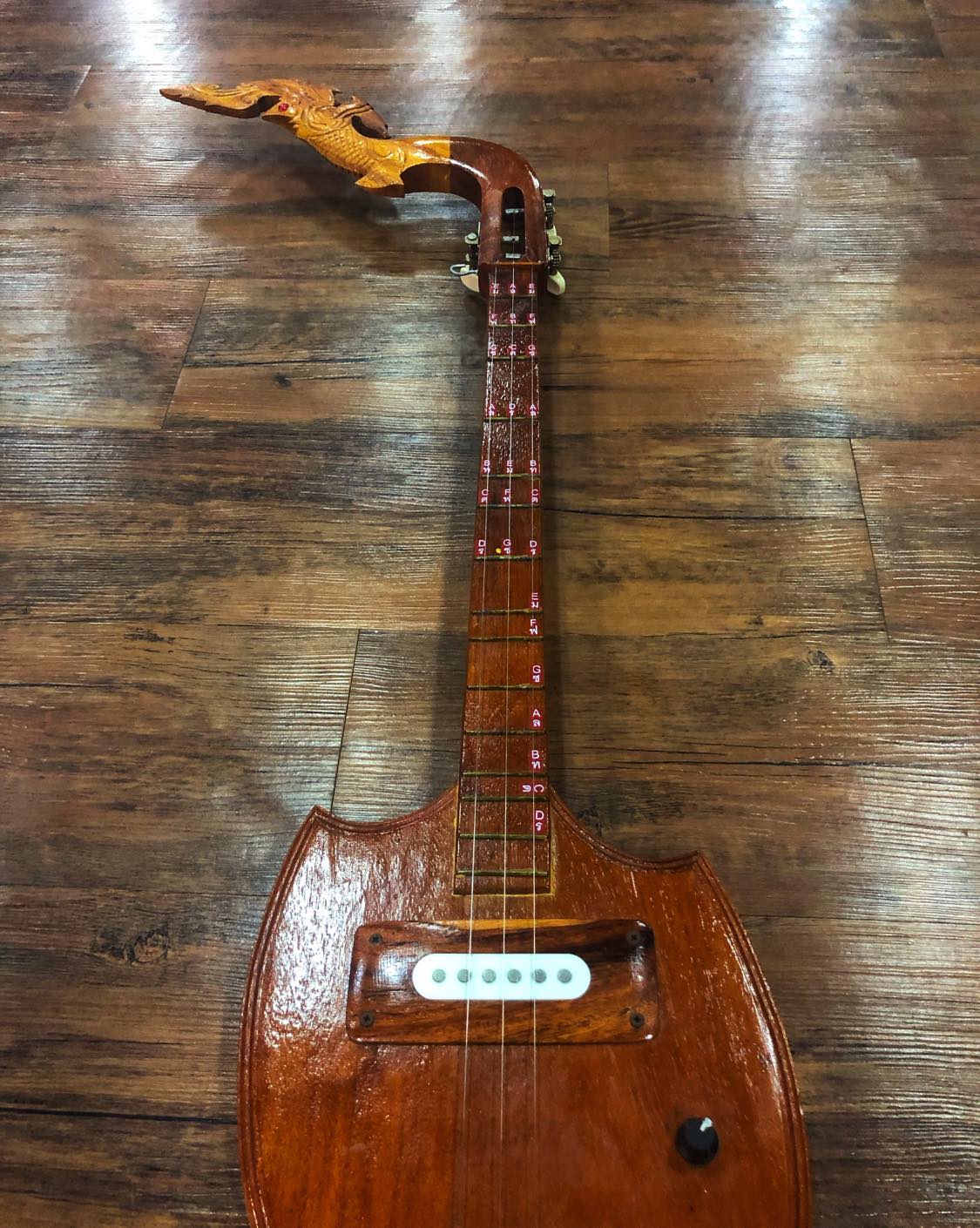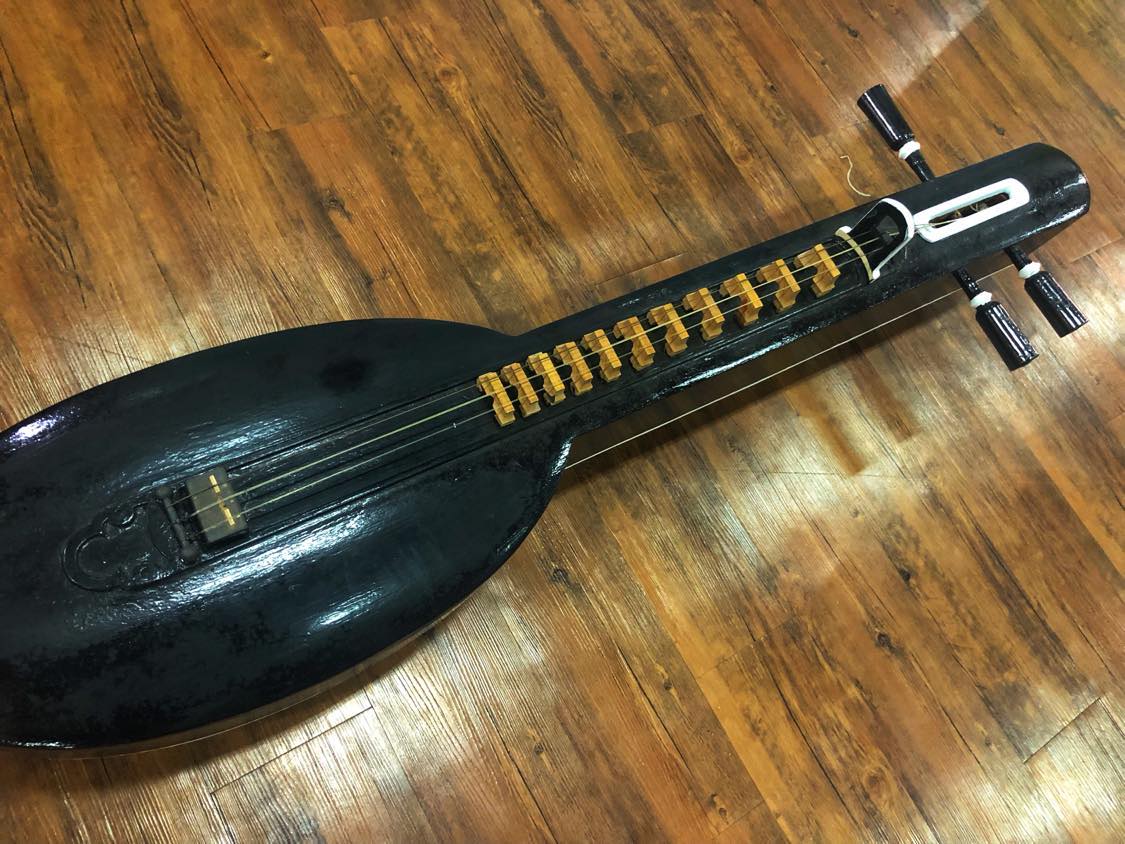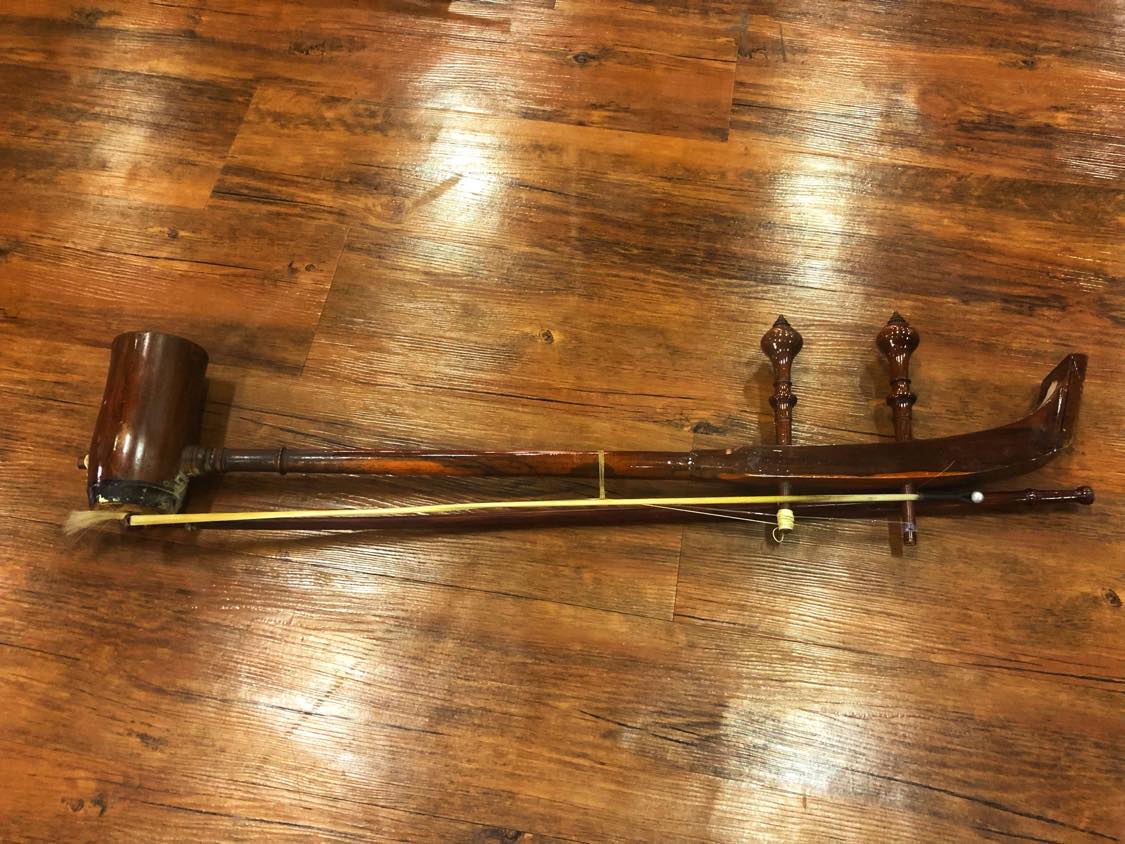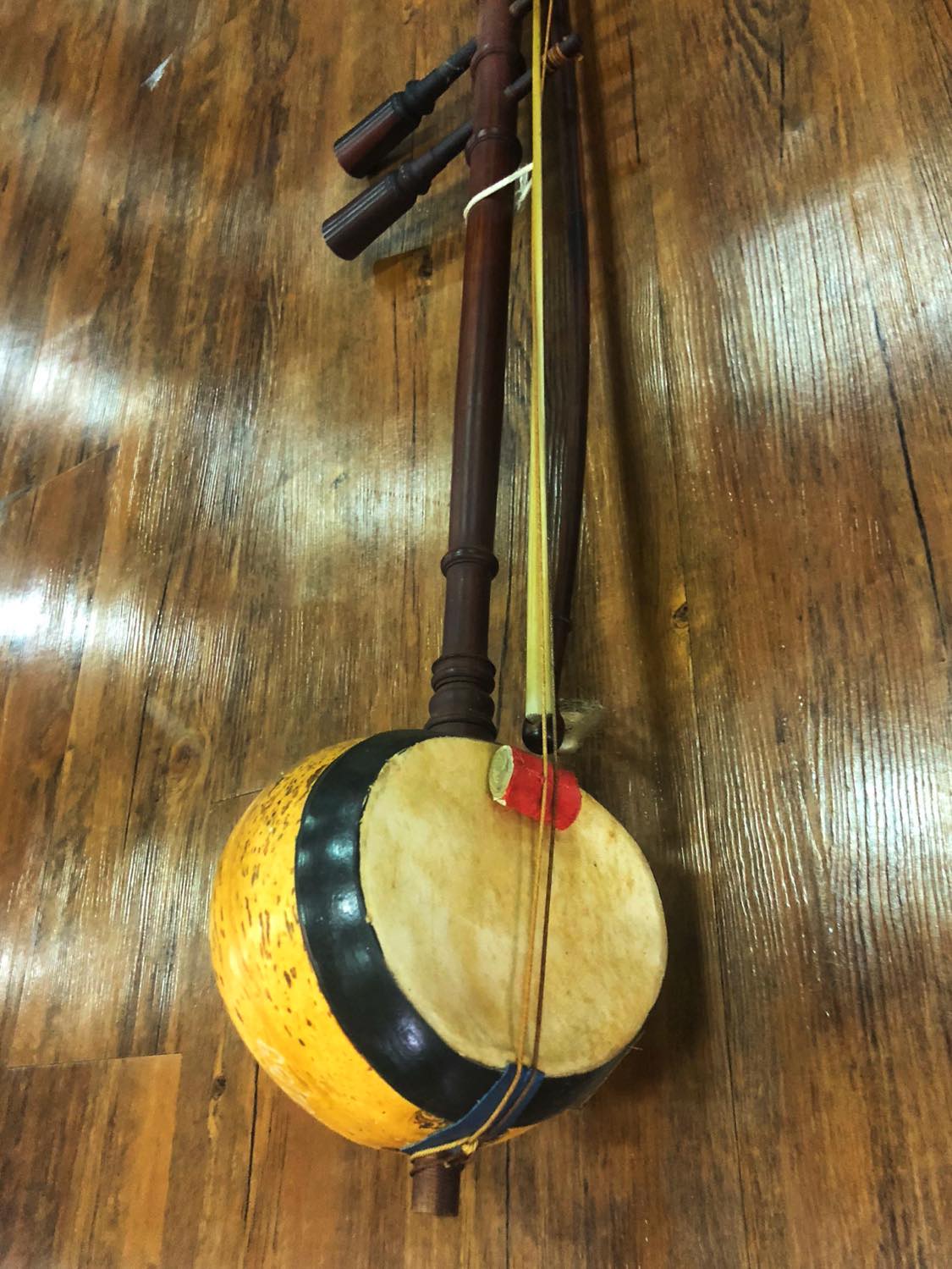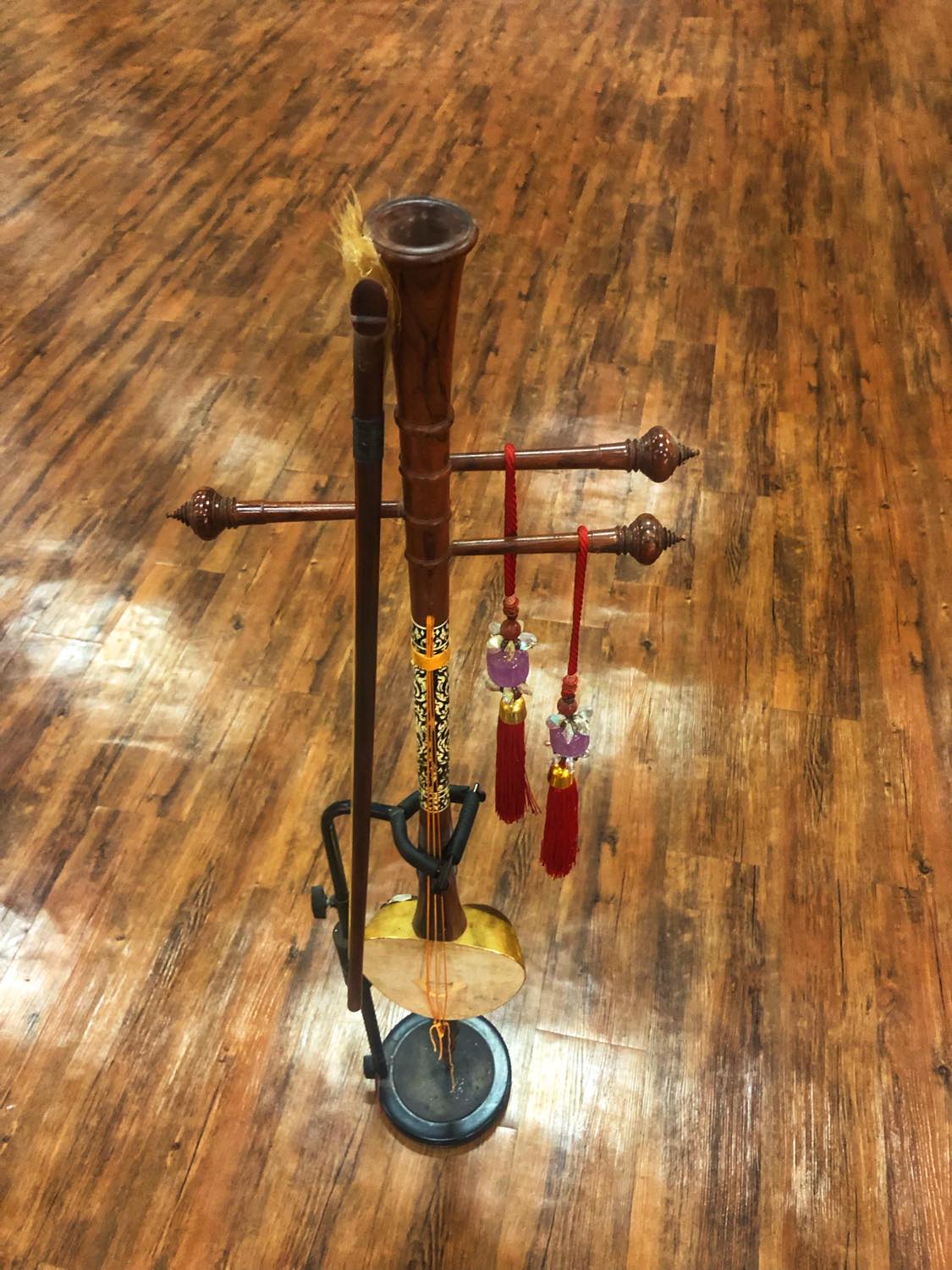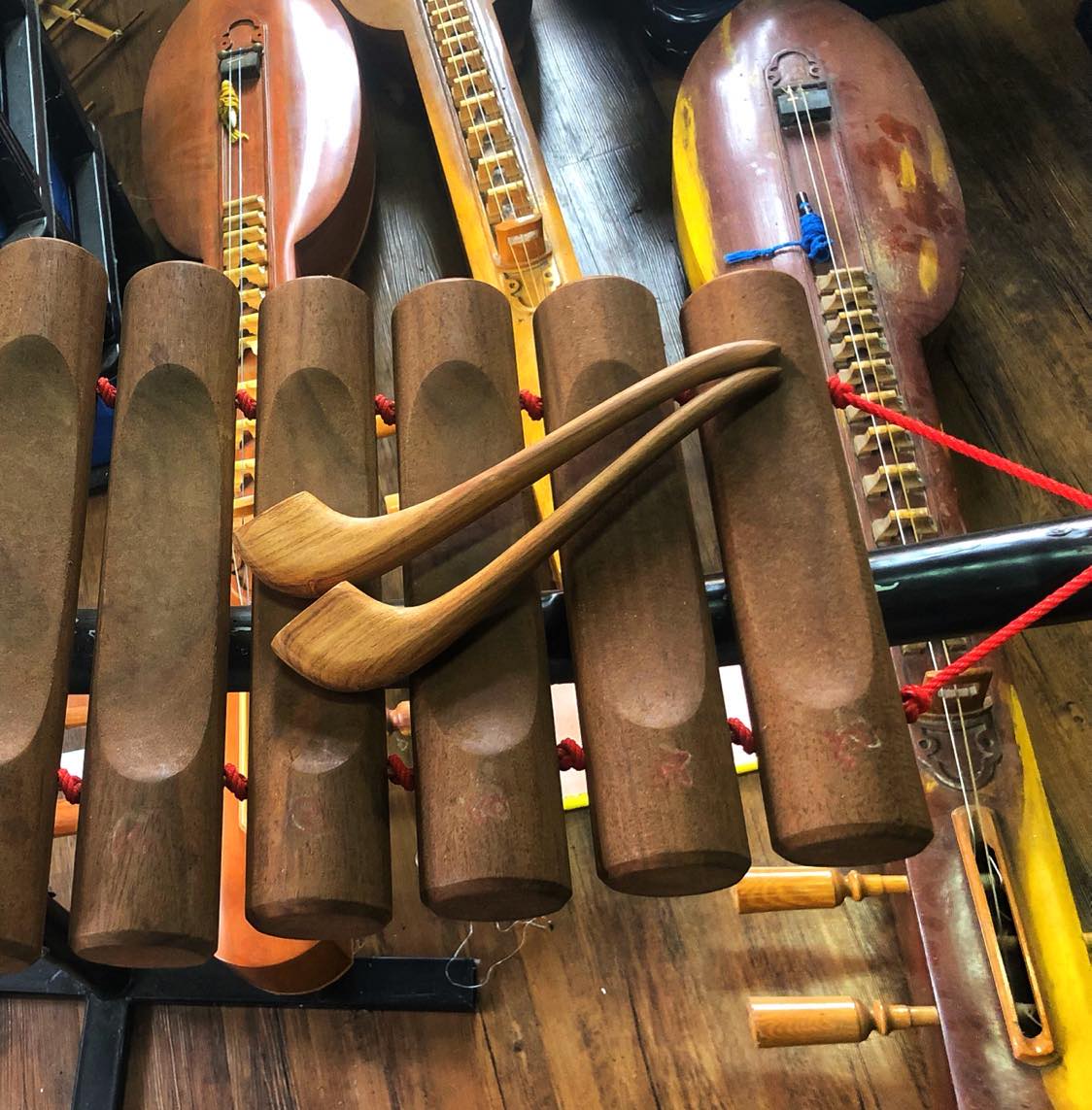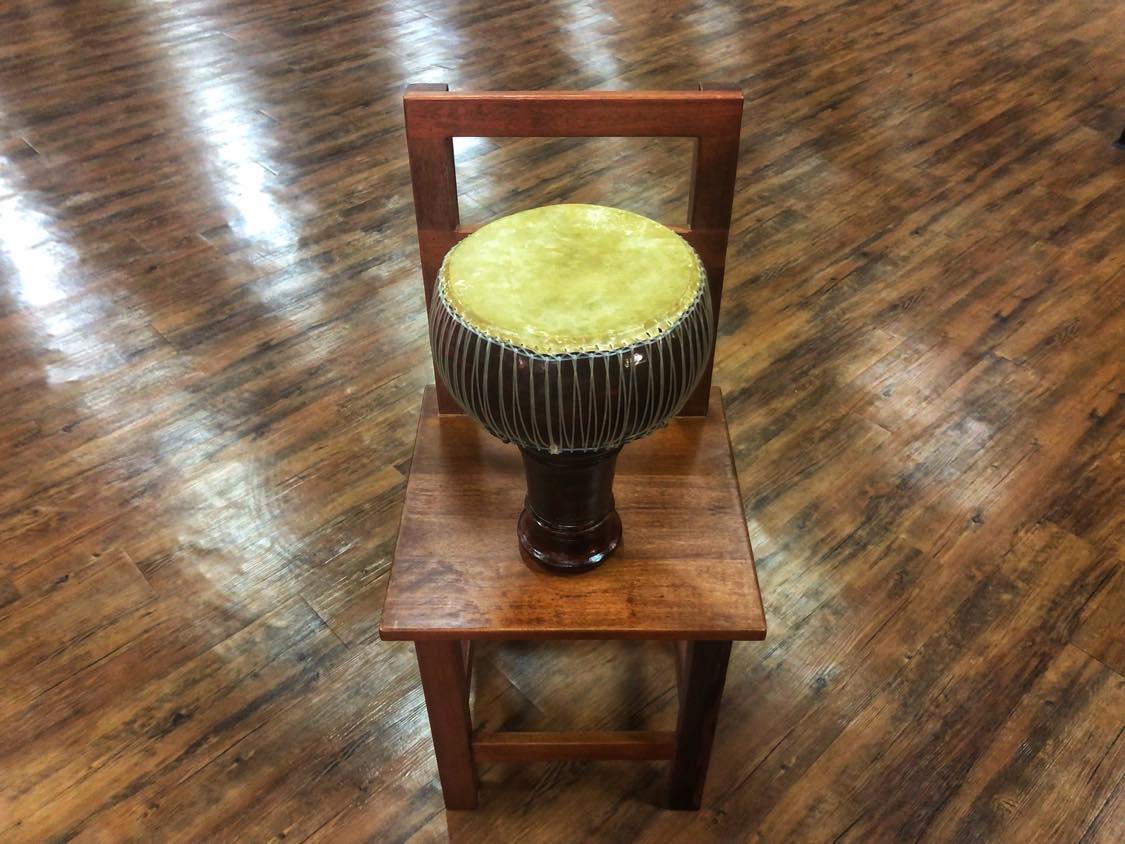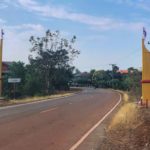
Traditional Thai Instruments – Thai & Isan Music
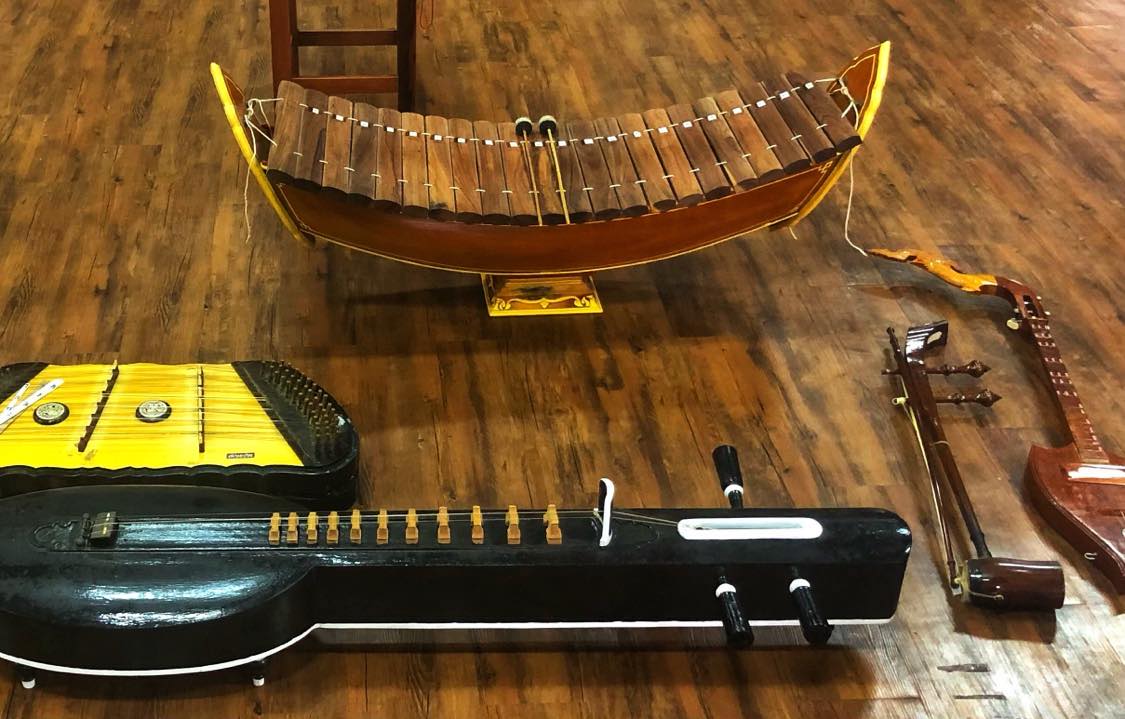
Thai music has a rich and diverse history that is closely tied to the cultural and religious traditions of the country. It can be traced back to the early civilizations that lived in the region, including the Khmer Empire and Sukhothai Kingdom, which both had a significant impact on Thai music and dance.
During the Ayutthaya period (1351-1767), Thai music continued to evolve and incorporate influences from other Southeast Asian countries, such as Cambodia and Laos, as well as from China and India. The traditional music of Thailand is known for its use of xylophones, gongs, flutes, and bowed strings, as well as its vocal styles, which often involve complex harmonies and melismatic singing (a musical style that allows several notes to be sung to one syllable of text).
Isan music is the traditional music of the northeastern region of Thailand, and is heavily influenced by traditional Lao music. The main type of Isan music is called Mor lam. It is known for its fast tempo, complex rhythms, and use of the khaen (แคน), a bamboo mouth organ that is considered one of the signature instruments of Mor Lam music. The term “mor lam” means to be blessed with the knowledge to sing and keep a rhythm. The lyrics of Mor Lam songs are usually about love, longing, and daily life, and are sung in the Isan dialect.
We recently visited the Vithidham School, and the Head of the Secondary School, Chorlada Suppaso, and the school’s music teacher, Thanatip Somkham, were kind enough to show us the traditional Thai & Isan instruments they teach the Thai students how to play.
Traditional Thai Musical Instruments
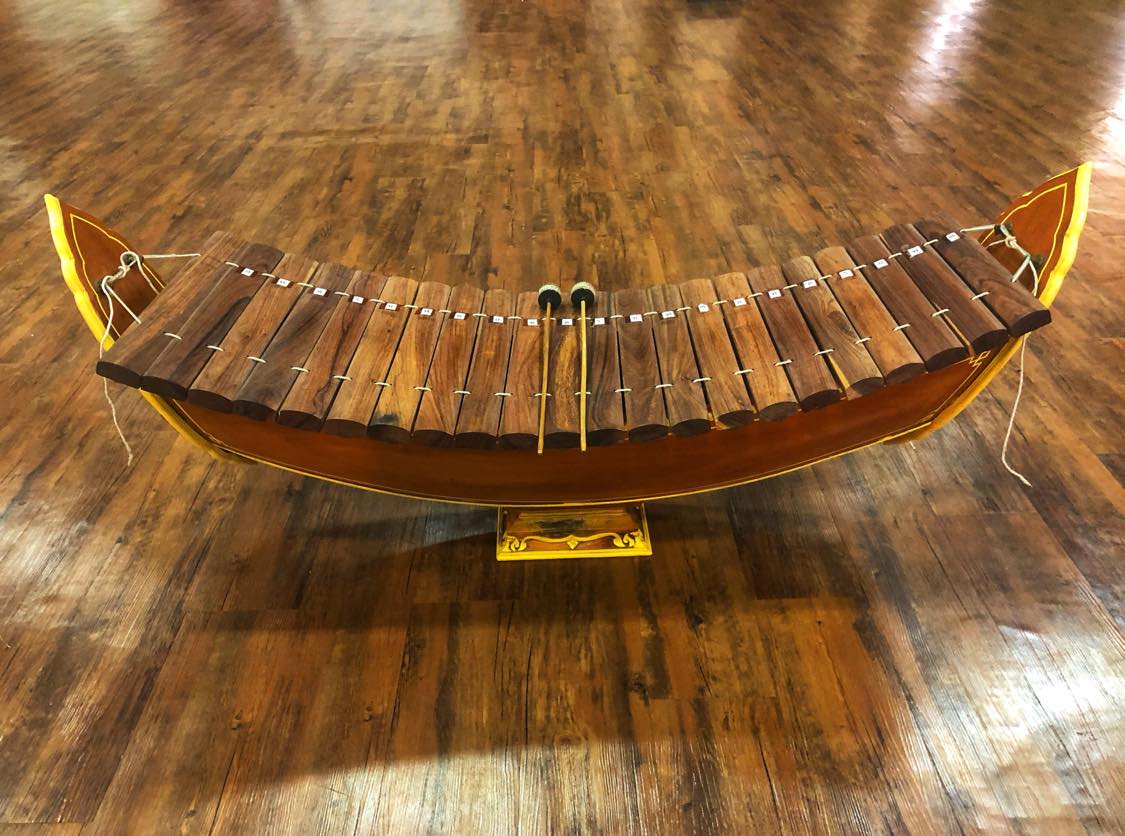
Ranat Ek – Traditional Thai Xylophone
The Ranat Ek (ระนาดเอก) is a wooden Thai xylophone (percussion instrument) that can produce 22 pitches in 3 ranges. There are two types of Ranat Ek (pronounced ruh-naht ayk) mallets: hard wood ones which produce a strong, loud, and clear sound, and soft wood mallets that produce a softer note. The 22 wooden slats or keys were traditionally made from bamboo, but today they are often fashioned from rosewood. Ranat Ek musicians usually sit cross-legged when playing, because they find it the most suitable and comfortable posture. Watch the Ranat Ek being played.

Phin (พิณ) – Traditional Isan Lute
The Phin (พิณ) is a traditional Isan lute or guitar. Popularly played in the Northeast of Thailand, Phins usually have 3 strings, but occasionally the instrument will have 2 or 4 strings. Some contemporary Isan musicians will play it with a guitar pick, but traditionally it was played with a thin, sharp piece of bamboo. You’ll see this Thai instrument often used in bands that play Pong Lang (โปงลาง) or Mor Lam Sing (ลำซิ่ง) — two styles of traditional Isan folk music. Watch the Phin being played.
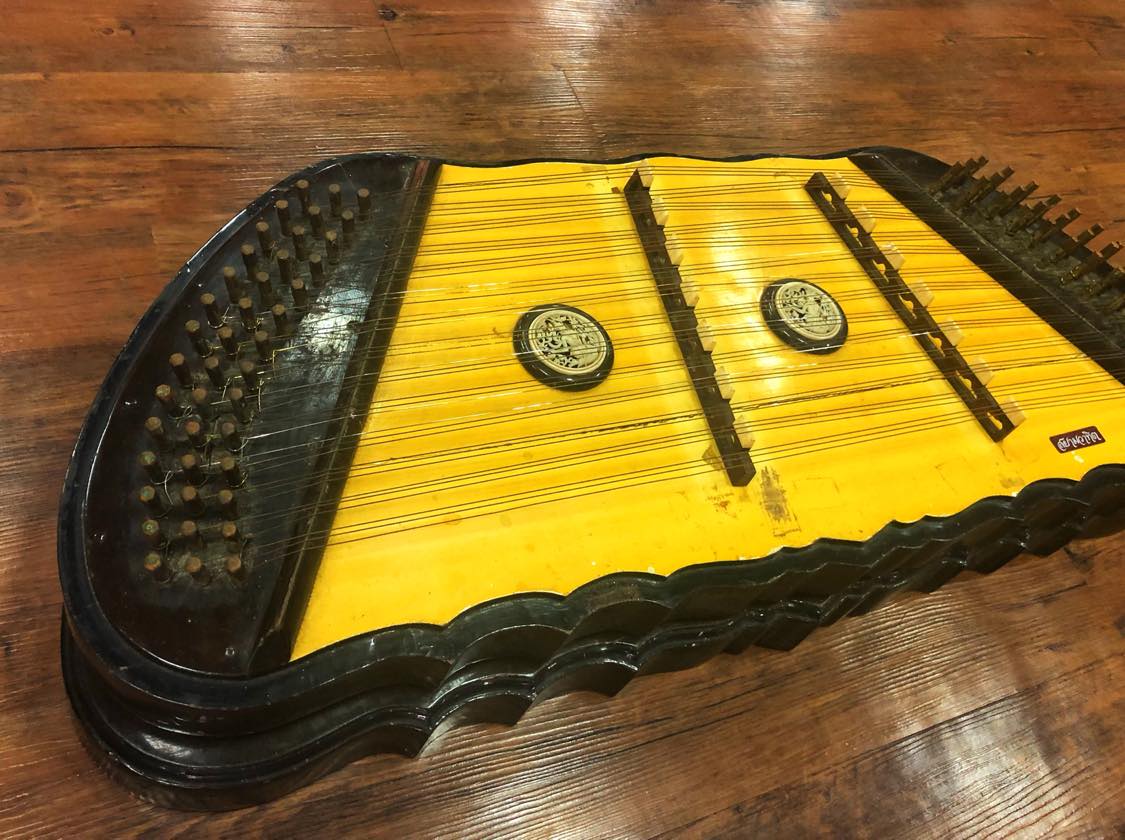
Khim (ขิม) – Traditional Thai Dulcimer
The Thai dulcimer known as a Khim (ขิม) was modified from the Chinese dulcimer during the reign of King Rama IV (1881-1925). While you may play this traditional Thai instrument while sitting in a chair, most Thai musicians play it while sitting on the floor. The Khim dulcimer produces a soft tone and is played by hitting the strings with two flexible bamboo sticks that have soft leather at the tips. The Khim (pronounced kheem) can have a butterfly, trapezoid, or oval shape. Watch the Khim being played.

Chakhe (จะเข้) – Traditional Thai Lute
The Chakhe (จะเข้) is a 3-stringed Thai lute or zither. It is made from hardwood and fashioned somewhat in the shape of a crocodile. The name of the instrument is derived from the Thai word chorakhe (จระเข้), which means crocodile or alligator. The Chakhe (pronounced juh-khay) is played with the Thai musician sitting on the floor beside the instrument. This Thai lute was one of the instruments used in the classical Mahori ensembles who played in front of Thailand’s royal courts. Watch the Chakhe being played.

Saw Duang (ซอด้วง) – Traditional Thai String Instrument
The Saw Duang (ซอด้วง) is a traditional Thai string instrument. This wooden 2 string instrument is played by holding it vertically and rubbing a horse-hair bow along its two silk strings. The resonating chamber of the Saw Duang produces a high, bright sound that is characteristic of Thai music and Mor Lam. It’s believed that the Saw Duang (pronounced saw doo-ung) was adapted from the Chinese instrument called a Huqin. Watch the Saw Duang being played.

Saw U (ซออู้)- Traditional Thai Instrument
The Saw U (ซออู้) is a traditional Thai string instrument similar to the Saw Duang, except that it has a lower pitch and mellower tone. This traditional Thai instrument is rather fragile and is played on the lap while the musician is sitting down. Researchers believe it was adapted in the late 18th or early 19th century from the Chinese instrument known as a Hu Hu. Watch the Saw U being played. Watch the Saw U being played.

Saw Sam Sai (ซอสามสาย) – Traditional Thai Fiddle
The Saw Sam Sai (sometimes called the Sam Sai Fiddle) has 3 strings compared to the two strings of its sister instruments: the Saw Duang and Saw U. It is considered the most elegant of these three instruments, and players are usually placed in the front of Thai ensembles. This traditional Thai instrument has a long history and was loved by many of the Kingdom’s past monarchs, especially King Rama II. Watch the Saw Sam Sai being played.

Pong Lang (โปงลาง) – Traditional Isan Xylophone
The Pong Lang (โปงลาง) is a traditional Isan xylophone made from wood (often from the Betel Nut tree). Pronounced bong lahng, this instrument plays an integral role in the Isan folk music genre that goes by the same name (Pong Lang), because it establishes the rhythm of the music. Two Isan musicians often will play the Pong Lang together, one striking notes for the melody and the other striking notes for the harmony. The mallets used are made completely of hardwood and fashioned out of single piece of wood, unlike the mallets used to play the Thai xylophone (Ranat Ek), where the heads may be hard or soft and are fashioned separately from the shaft. Watch the Pong Lang being played.

Thon (โทน) – Traditional Thai Drum
The Thon (โทน) is a traditional Thai drum. There are two types. The Thon Chatree, which is made from the wood of the teak, jackfruit, or santol (cotton fruit) tree. And the Thon Mahori, which is made of terracotta (clay ceramic). Both types of Thai drums have a stretched leather top and a tail end with an open mouth that serves as a loudspeaker, which is open and closed with the hand. This traditional Thai musical instrument is pronounced like the English word “tone”.
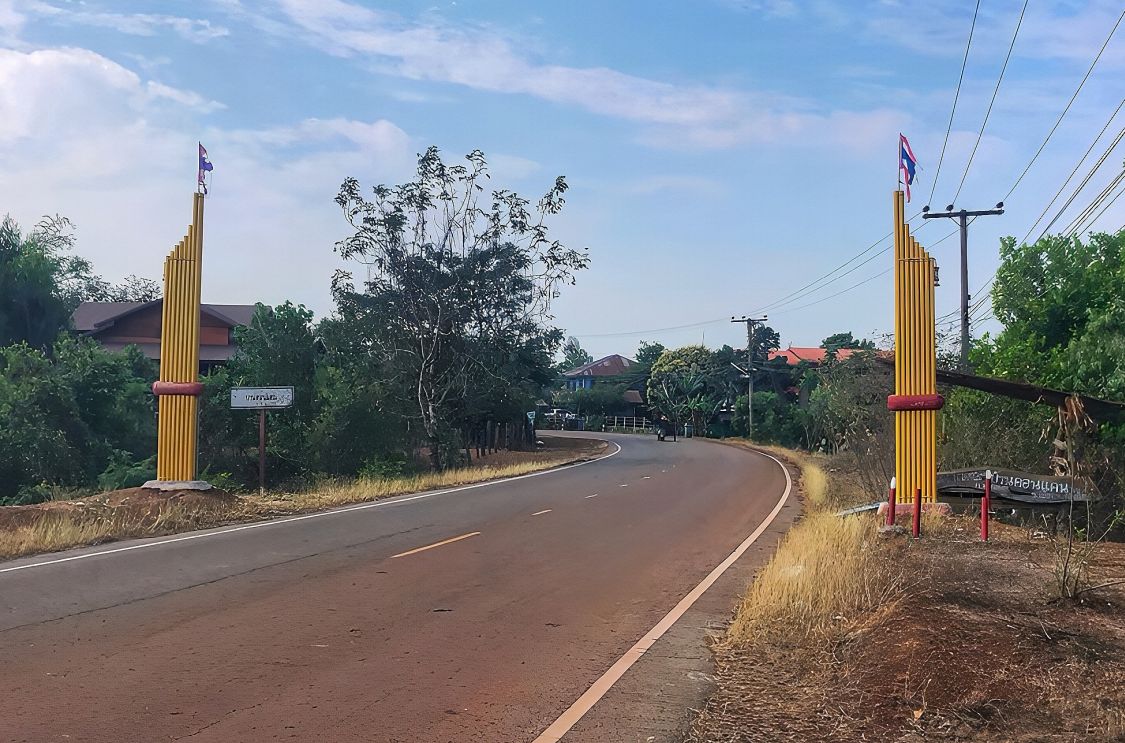
Khaen (แคน) – Traditional Thai Wind Instrument
The Khaen is a traditional Thai wind instrument, commonly played in the northeastern region of the country. It is a type of free-reed mouth organ that consists of bamboo pipes of varying lengths, each with a metal reed inside. The pipes are arranged in two rows, with a total of 16 or 18 pipes, and are held together by a small wooden frame. The Khaen is played by blowing into the pipes and using the fingers to cover and uncover the holes, creating different notes and melodies. It is often used in traditional Isan folk music (Mor Lam), as well as in classical Thai music and in contemporary Isan music styles.
- Monogamy and the Mia Noi in Thailand - April 27, 2024
- How to Greet a Monk in Thailand – Saying Hello - April 22, 2024
- Hottest Place in Thailand – Record High Temperature 2024 - April 22, 2024
